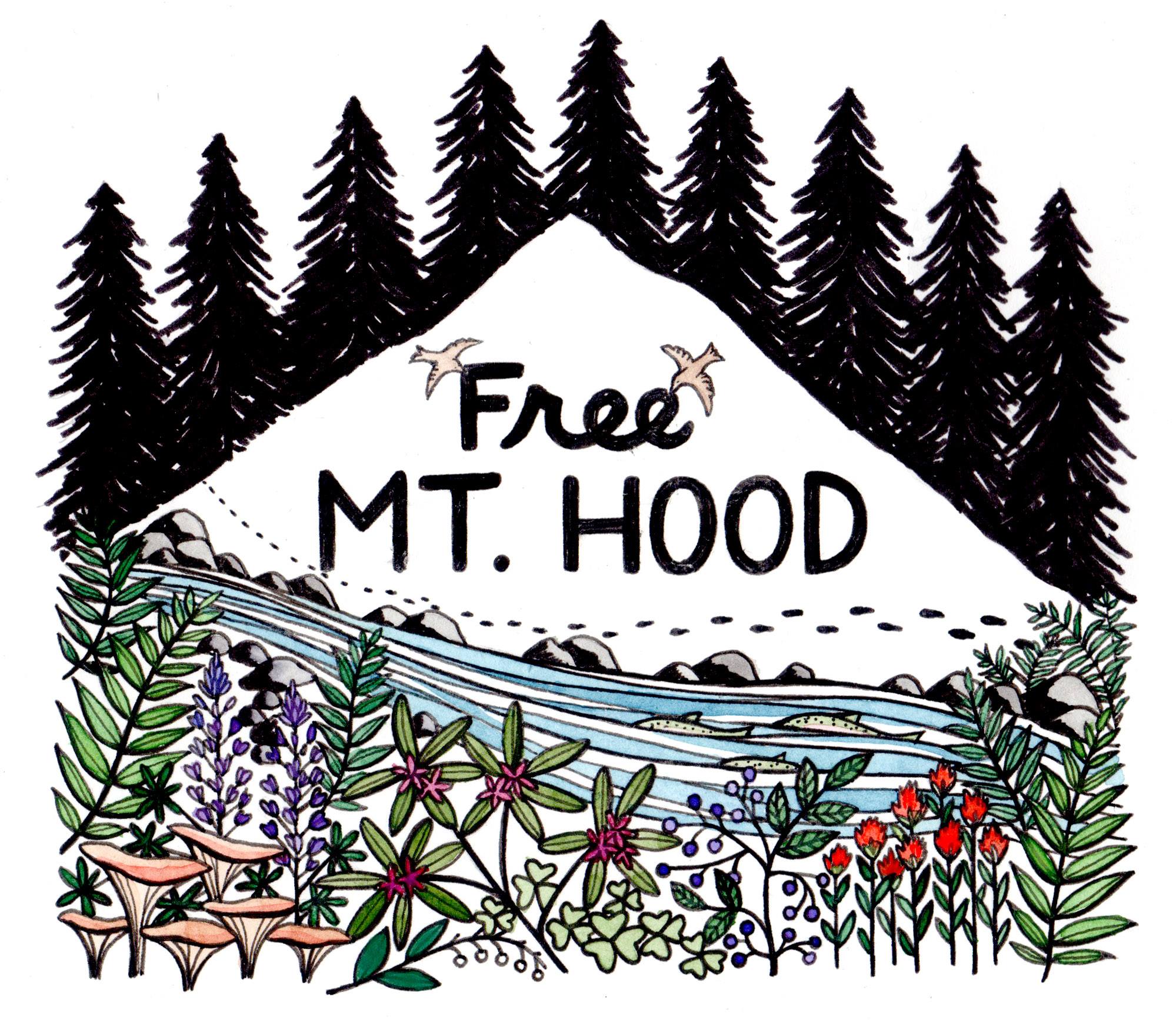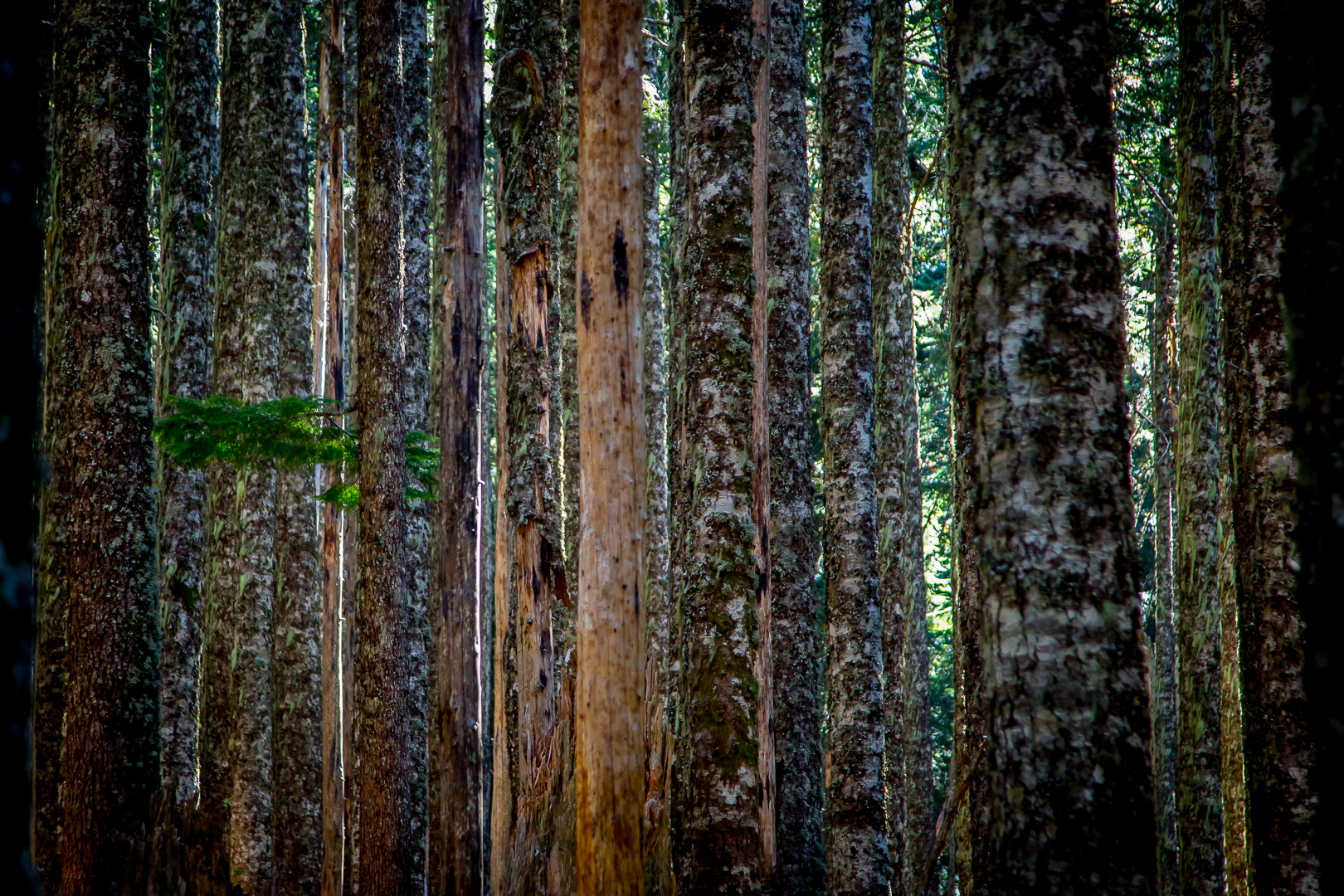Free Mt. Hood Campaign Committee

While Bark has been successful in stopping thousands of acres of commercial logging on these public lands, the root source of these destructive projects is the Mt. Hood Forest Management Plan itself, which remains focused on commercial timber extraction and each new project is more destructive than the last.
The Free Mt. Hood campaign is calling for a critical update to the Mt. Hood Forest Plan.
With nearly two decades of experience bringing people to the forest, Bark is in a unique and compelling position to catalyze our active community and bring the management of these public lands into the movement for greater climate resiliency for communities around the region. We love Mt. Hood, but more than that, we rely on this forest to sustain our local communities. Join our work to free this incredible forest ecosystem from decades of misguided and exploitative management.
